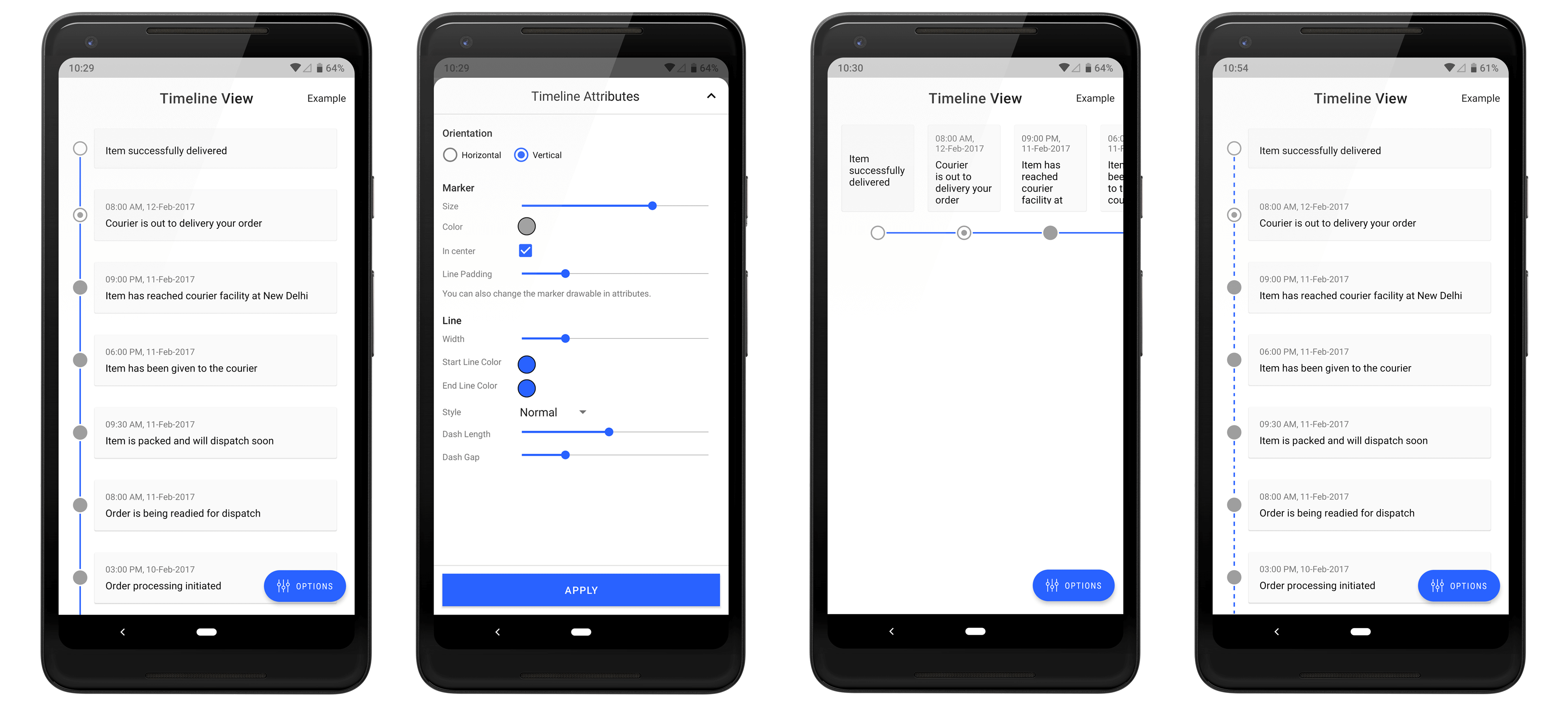
- #Android studio listview with two buttons horizontal how to
- #Android studio listview with two buttons horizontal android
#Android studio listview with two buttons horizontal android
You use the Button class to make a button for an Android app. (That the button is forbidden is also a factor.) Show someone a big red button with a message that says "Do not press" and the person will probably press the button, just for the pleasure of pressing a big red button.
#Android studio listview with two buttons horizontal how to
In this chapter you learn how to create buttons and clickable images for triggering actions. To satisfy your users, create a layout that gives users predictable choices.

Note: Android users expect UI elements to act in certain ways, so it's important that your app be consistent with other Android apps. Don't violate established expectations, or you'll make it harder for your users to use your app. Similarly, when a user starts an app, the user expects buttons and images to be clickable. Another example is that when you first enter a room, you expect the light switch to be in a certain place. For example, when you rent a car, you expect the steering wheel, gear shift, headlights, and indicators to be in a certain place. When designing an interactive app, make sure your app is intuitive that is, your app should perform as your users expect it to perform. The Android framework provides corresponding user interface (UI) elements such as buttons, clickable images, menus, keyboards, text entry fields, and a microphone.

Any element that users tap or click to perform an action is called a clickable element.įor an Android app, user interaction typically involves tapping, typing, using gestures, or talking. Users tap these elements on a touchscreen or click them using a pointing device. View is the base class for classes that provide interactive UI components, such as Button elements.

The View class represents the basic building block for all UI components. The user interface (UI) that appears on a screen of an Android-powered device consists of a hierarchy of objects called views. Lesson 3: Testing, debugging, and using support libraries


 0 kommentar(er)
0 kommentar(er)
